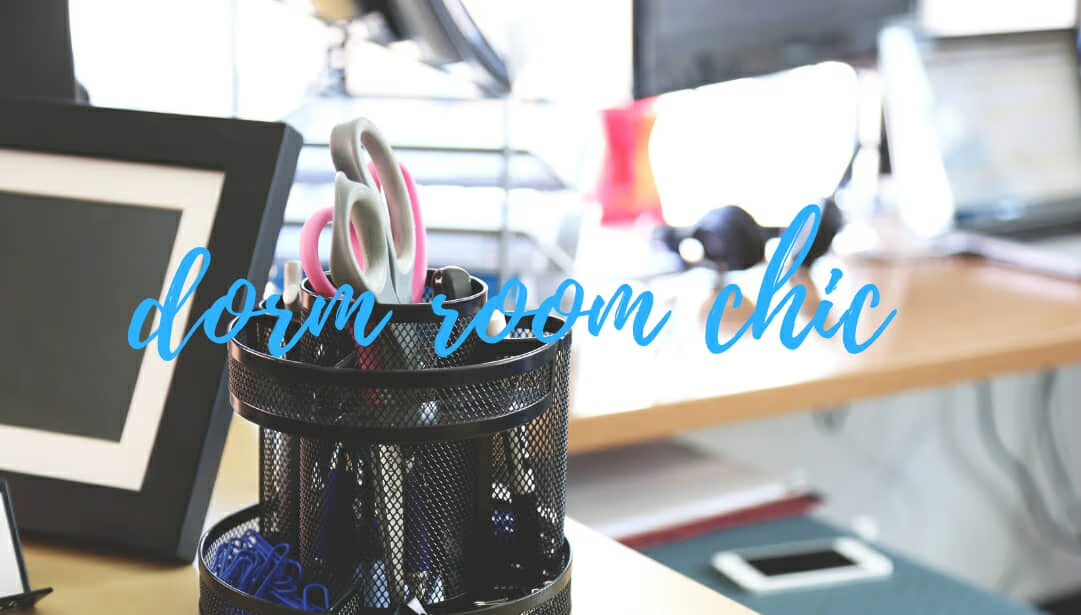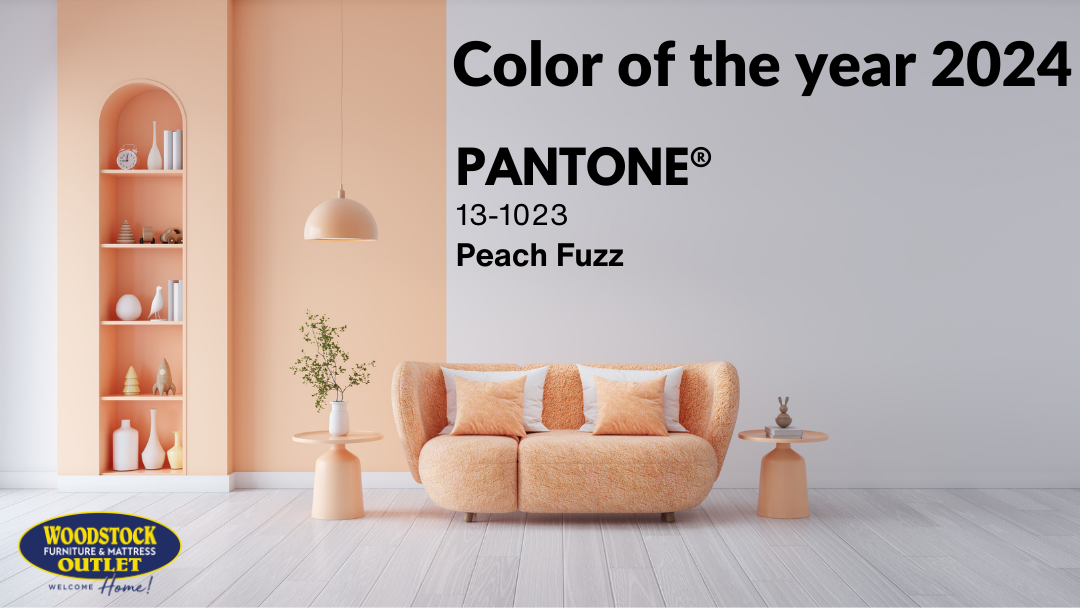Are you currently shopping for mattresses, bedding, or upholstered furniture? Whether you’re eyeballing a new mattress protector, pillow, sleeper sofa, leather sectional, duvet set, accent chair, or any number of other things, you’ve likely come across the term “hypoallergenic”. In fact, you’ll find this buzzword on product tags and descriptions just about everywhere, both in-store, and online. But what does hypoallergenic mean? Especially within the context of furniture and mattress products?
If you’ve ever wondered what it all means – and why it should matter to you as a shopper – you’re in the right place! Today, we’re diving into the world of allergies, allergens, and all things hypoallergenic. We’ll also get into the most common allergies concerned shoppers ask us about, and why or why not you should be overly concerned with them. Let’s go!
What Does It Mean for a Product to Be Hypoallergenic?
Nobody likes buzzwords and industry jargon, so let’s settle on a good, solid definition first. What does it mean for something to be hypoallergenic? Let’s break it down.
![]()
As you probably know, the prefix “hyper” indicates an excessive amount of something. If the kids are running wild, we say they are hyperactive. The opposite of hyper is the prefix “hypo”, which indicates a low amount of something. For instance, if a patient’s body temperature is dangerously low, we say that they are suffering from hypothermia.
Keeping this in mind, a material or product that is hypoallergenic, is simply one with a low, minimal, or reduced number of potential allergens. In the context of furniture, mattresses, cushions, and all things cozy, products labeled as hypoallergenic are manufactured with materials or processes designed to minimize the risk of triggering allergies.
You’re probably thinking, “I guess I’d better steer clear from down or feather cushions and bedding since that’s a common allergy. I should probably do without latex mattresses, toppers, or pillows too just to play it safe.” Well, even if hypoallergenic latex or hypoallergenic down may sound like oxymorons, you might just be surprised.
Addressing The Furniture & Mattress Industry’s Most Common Allergy Concerns
Now that we’ve agreed on a definition for what hypoallergenic means, let’s talk allergies. When we’re assisting customers in our 6 furniture and mattress showrooms and they indicate that they’re concerned about whether a product will trigger their allergies, it’s almost always one of two culprits. Whether their allergy risk is high or just a general worry, shoppers are frequently concerned with allergies related to latex and allergies to the duck or goose down and feathers often used for insulation.
While both of these allergies are indeed a valid concern, there’s a lot of misinformation floating around about them. But don’t worry. We’re here to set the record straight!
The Misconception About Down & Feather Allergies

Tons of people are allergic to pets like dogs and cats. So, it shouldn’t be a surprise that others are allergic to geese and ducks, right? After all, that’s where the feathers and down come from. Except that it’s not exactly true.
The common misconception here is that people can in fact be allergic to the down or feathers themselves. The truth is that the vast majority of these allergy sufferers aren’t allergic to dogs, cats, ducks or geese. Rather, most are allergic only to the dander, or microscopic dead skin cells, shed by these animals and the dust that it typically clings to. For that matter, people shed dander too – where do you think all that dust in your house comes from? A large percentage of that household dust comes from you!
The good news is that there are ways to significantly reduce the dander present in the down and feathers manufacturers use for insulation and filling. But we’ll get into that below.
The Misconception About Latex Allergies
Latex, also known as latex rubber, is a naturally-occurring material extracted from the sap of rubber trees. All products made using this material, from medical gloves to balloons to pillows, are considered latex. However, although this material technically comes from a plant, latex allergies share some things in common with the dander allergies above.
Much like the dander issue, most allergic reactions to latex are actually due to other causes and can be easily mitigated. Most cases of contact dermatitis (rash or skin inflammation) caused by suspected latex allergies are actually triggered by a sensitivity to traces of chemicals used to process the latex. Very few people are allergic to the natural rubber fibers themselves.

To be clear, latex allergies do exist and can be serious in very rare cases. So, if you’ve been diagnosed with a serious allergy to latex, you should defer to your doctor’s advice. However, keep in mind that these types of serious latex allergies are incredibly rare and much less common than most consumers realize.
The Bottom Line: What Is the Solution?
It’s true, one way to avoid any allergic triggers from goose or duck down, feathers or latex, is to avoid any cushions, pillows, bedding, mattresses, etc. that include these materials. If it makes you more at ease with your purchase, we’d never advise you to throw caution to the wind where your health or comfort is concerned.

However, many furniture, mattress and bedding companies, including ones we proudly carry, are on a mission to create products that are not only cozy but also allergy-friendly. These manufacturers have done the research about down and latex allergies and have figured out ways to make these materials hypoallergenic.
With both down/feathers and natural latex, a thorough cleaning of the materials prior to manufacture is enough to prevent the overwhelming majority of allergic reactions. If cleaned properly, the irritants that trigger these allergies are no longer present. This is how a Talalay latex pillow or goose down cushions can truly be hypoallergenic.
So if you see a pillow, mattress or couch cushions while shopping that include down or natural latex, don’t jump to any conclusions. If the label, tag or product description says the materials are hypoallergenic, you’ve got nothing to worry about!
Got more questions about allergy concerns and your hypoallergenic furniture and mattress options? We’d love to help! We have a massive selection of hypoallergenic furniture and mattresses available. Shoot us a message on our live web chat, give us a call, or come see us at our 6 furniture and mattress stores across North Georgia. See you soon!







